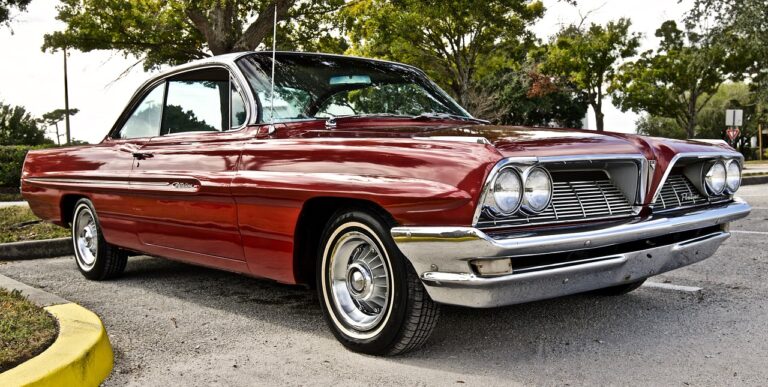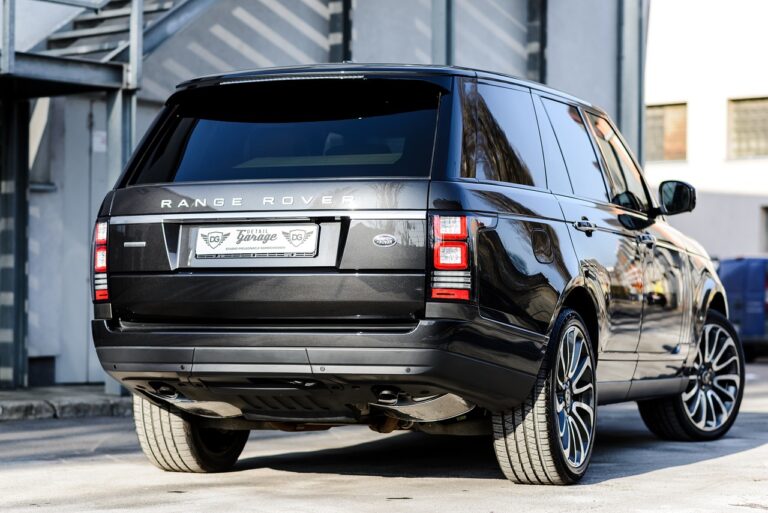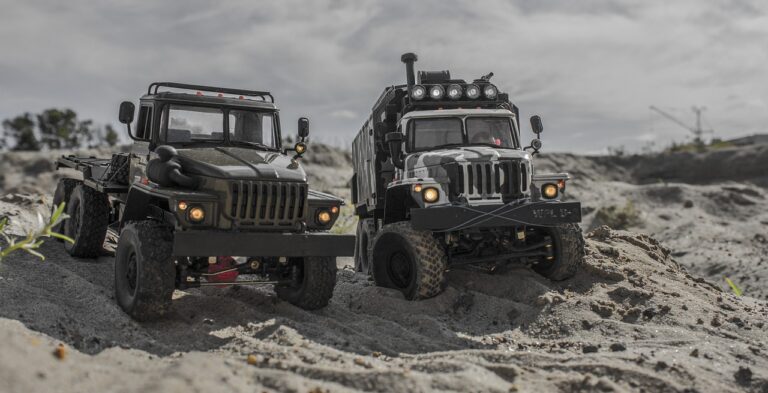Addressing Challenges in Automotive Air Conditioning Design for Electric Cargo Vans
gold bet 7, ???? ????????, 11xplay.online:When it comes to designing automotive air conditioning systems for electric cargo vans, there are several unique challenges that need to be addressed. As electric vehicles become more popular, it is vital to ensure that the air conditioning systems in these vehicles are efficient, reliable, and effective. In this article, we will explore some of the key challenges faced by designers and engineers when it comes to designing air conditioning systems for electric cargo vans and discuss potential solutions to these challenges.
1. Energy Consumption
One of the primary challenges in designing air conditioning systems for electric cargo vans is managing energy consumption. Electric vehicles already have limited battery capacity, so it is essential to design an air conditioning system that is energy-efficient. Traditional HVAC systems can consume a significant amount of energy, leading to reduced range and performance in electric vehicles.
To address this challenge, designers can utilize advanced technologies such as variable speed compressors, energy recovery systems, and efficient insulation to optimize energy usage. By maximizing the efficiency of the air conditioning system, designers can help extend the range of electric cargo vans and improve overall performance.
2. Cooling Capacity
Another challenge in designing air conditioning systems for electric cargo vans is ensuring adequate cooling capacity. Cargo vans are often used to transport goods over long distances, and it is crucial to maintain a comfortable temperature inside the vehicle to protect perishable goods and ensure the comfort of the driver.
To address this challenge, designers can incorporate larger evaporator coils, high-efficiency condensers, and optimized airflow distribution to maximize cooling capacity. By carefully selecting components and optimizing the design of the air conditioning system, designers can ensure that electric cargo vans remain cool and comfortable even in hot weather conditions.
3. Weight and Space Constraints
Electric cargo vans already have limited space and weight capacity due to the size and weight of battery packs. Designing an air conditioning system that is compact and lightweight can be challenging, as traditional HVAC systems can be bulky and heavy.
To overcome this challenge, designers can explore alternative cooling technologies such as thermoelectric cooling or evaporative cooling, which are more compact and lightweight than traditional systems. Additionally, integrating the air conditioning system into other vehicle components, such as the battery pack or chassis, can help optimize space and weight distribution in electric cargo vans.
4. Thermal Management
Effective thermal management is essential for maintaining the performance and longevity of the battery pack in electric cargo vans. High temperatures can reduce the efficiency and lifespan of lithium-ion batteries, leading to decreased range and overall performance.
Designing an air conditioning system that can effectively manage the thermal loads in the vehicle is critical to ensuring the optimal operation of the battery pack. By incorporating thermal insulation, heat exchangers, and active cooling systems, designers can help regulate temperatures inside the cargo van and protect the battery pack from overheating.
5. Cost
Lastly, cost is a significant factor that needs to be considered when designing air conditioning systems for electric cargo vans. Electric vehicles are already more expensive than their gasoline-powered counterparts, so it is essential to design an air conditioning system that is cost-effective and efficient.
To address this challenge, designers can explore cost-effective components and materials, optimize the design of the air conditioning system to minimize production costs, and leverage economies of scale to reduce overall costs. By carefully managing cost considerations, designers can ensure that the air conditioning system is affordable and accessible for electric cargo van manufacturers and consumers.
In conclusion, designing air conditioning systems for electric cargo vans presents several unique challenges that need to be carefully considered and addressed. By focusing on energy consumption, cooling capacity, weight and space constraints, thermal management, and cost, designers can develop efficient and effective air conditioning systems that enhance the performance and comfort of electric cargo vans. With innovative technologies and strategic design solutions, the future of automotive air conditioning in electric cargo vans looks promising.
FAQs:
Q: Can electric cargo vans use traditional automotive air conditioning systems?
A: While traditional automotive air conditioning systems can be adapted for use in electric cargo vans, it is essential to optimize the design to ensure energy efficiency and compatibility with the vehicle’s electric drivetrain.
Q: How can I improve the cooling performance of my electric cargo van’s air conditioning system?
A: To improve cooling performance, consider upgrading components such as evaporator coils, condensers, and airflow distribution systems to maximize cooling capacity and efficiency.
Q: Are there alternative cooling technologies available for electric cargo vans?
A: Yes, alternative cooling technologies such as thermoelectric cooling and evaporative cooling can be used in electric cargo vans to provide compact and lightweight cooling solutions.
Q: What is the impact of air conditioning on the range of electric cargo vans?
A: Air conditioning can impact the range of electric cargo vans by consuming energy from the battery pack. By optimizing the design and efficiency of the air conditioning system, designers can help minimize the impact on range and performance.







